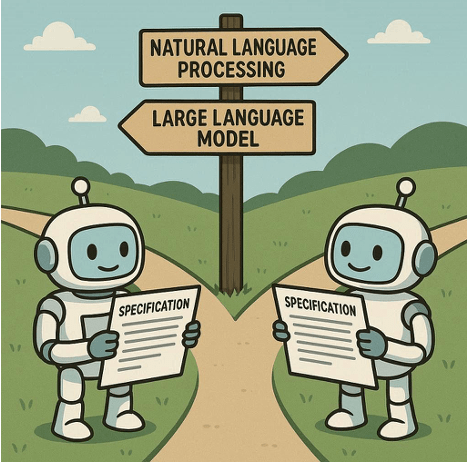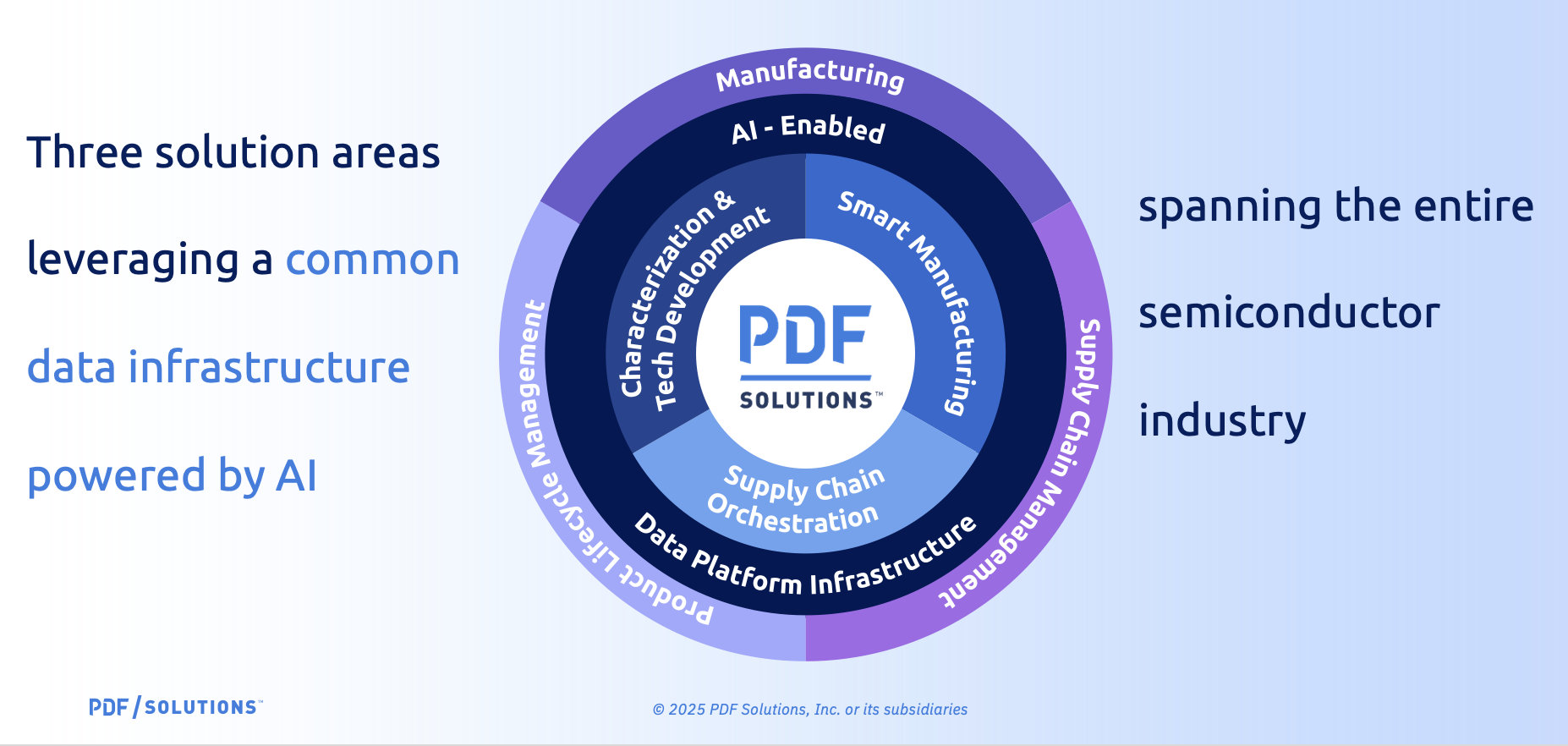In the season 6 premiere of Showtime’s “Billions,”, financier Michael Prince and his lieutenant are remotely monitoring Wags’ heart rate thanks to an Oura-like smart ring as he works out on a Peloton stationary bike. The remote observers conclude Wags is having a heart attack and dispatch emergency medical technicians to his… Read More
 A Principled AI Path to Spec-Driven VerificationI have seen a flood of verification announcements…Read More
A Principled AI Path to Spec-Driven VerificationI have seen a flood of verification announcements…Read More 448G: Ready or not, here it comes!The march toward higher-speed networking continues to be…Read More
448G: Ready or not, here it comes!The march toward higher-speed networking continues to be…Read More Should the US Government Invest in Intel?“Most companies don’t die because they are wrong;…Read More
Should the US Government Invest in Intel?“Most companies don’t die because they are wrong;…Read More PDF Solutions and the Value of Fearless CreativityPDF Solutions has been around for over 30…Read More
PDF Solutions and the Value of Fearless CreativityPDF Solutions has been around for over 30…Read MoreLRCX- Supply Chain Catches up with Lam- Gets worse before better- Demand solid
-Supply chain issues finally catch up to Lam- Ongoing issue
-Problem from one main supplier to spread to more
-Causes low December Quarter and soft guide for March
-Quarters could be lumpy due to differed & revenue push outs
Lam Stews over supply Chain Issues
It sucks when you have all the demand in the world but can’t build… Read More
Tesla: Kick-ass Radio in an EV
It seems that all we hear about over-the-air radio broadcasts in electric vehicles is that AM is going away due to interference and FM is irrelevant due to streaming apps. Tesla has very affirmatively upended this conventional wisdom with an over-the-air update that adds Xperi’s DTS AutoStage to most Tesla’s.
This… Read More
Podcast EP59: A brief history of semiconductors and EDA with Rich Goldman
Dan is joined by good friend and fellow boater Rich Goldman. Rich has a storied career in EDA that began at TI with Morris Chang and Wally Rhines, continued through a long career at Synopsys and included a book collaboration with Neil Armstrong, Stephen Hawking and Brian May (the lead guitarist for Queen),
Dan and Rich cover a lot … Read More
WEBINAR: How to add a NIST-Certified Random Number Generator to any IoT device?
In the first half of 2021, the number of attacks on IoT devices more than doubled to 1.5 billion attacks in just six months. These attacks target some typical weaknesses, such as the use of weak passwords, lack of regular patches and updates, insecure interfaces, and insufficient data protection. However, researchers from Bishop… Read More
SIP Modules Solve Numerous Scaling Problems – But Introduce New Issues
Multi-chip modules are now more important than ever, even though the basic concept has been around for decades. With The effects of Moore’s Law and other factors such as yield, power, and process choices, reasons for dividing what once would have been a single SOC into multiple die and integrating them in a single module have become… Read More
Samsung Keynote at IEDM
Kinam Kim is a longtime Samsung technologist who has published many excellent articles over the years. He is now the Chairman of Samsung Electronics, and he gave a very interesting keynote address at IEDM.
He began with some general observations:
The world is experiencing a transformation powered by semiconductors that has been… Read More
Upcoming Webinar: 3DIC Design from Concept to Silicon
Multi-die design is not a new concept. It has been around for a long time and has evolved from 2D level integration on to 2.5D and then to full 3D level implementations. Multiple driving forces have led to this progression. Whether the forces are driven by market needs, product needs, manufacturing technology availability or EDA… Read More
The Hitchhiker’s Guide to HFSS Meshing
Automatic adaptive meshing in Ansys HFSS is a critical component of its finite element method (FEM) simulation process. Guided by Maxwell’s Equations, it efficiently refines a mesh to deliver a reliable solution, guaranteed. Engineers around the world count on this technology when designing cutting-edge electronic products.… Read More
MBIST Power Creates Lurking Danger for SOCs
The old phrase that the cure is worse than the disease is apropos when discussing MBIST for large SOCs where running many MBIST tests in parallel can exceed power distribution network (PDN) capabilities. Memory Built-In Self-Test (MBIST) usually runs automatically during power on events. Due to the desire to speed up test and … Read More












Intel’s Pearl Harbor Moment